Has there ever been a more anticipated season? The freedom of the open road, the great outdoors and quality time with friends and family never sounded so good. Lucky for you, you have an RV. If you live in a northern locale, chances are your unit has been in some sort of storage. As much as you may want to get back out there, there are a few things you should do first so you can hit the ground running when the weather starts to be more cooperative. Before you get started, be sure to keep a list of things you discover that need attention. For example, you’ll likely need batteries for smoke/carbon monoxide detector, clocks, remotes and flashlights before you even think about making that first trip of the season.
Inspecting the exterior of your RV
When you de-winterize, first do a complete walk around outside your unit. Depending on where your unit is stored during the winter, it may have sustained some unavoidable bumps and bruises caused by winter weather. You may also have damage which occurred last season that wasn’t noticed at the time.
- Check your propane bottles. Propane bottles are often good for up to 10 years, but it is never pleasant to discover they need to be replaced when you take them for refilling. If they are still good, check the amount of propane you have and consider refilling before your first trip. You want to avoid running out when you’re cooking or when you need to turn on your furnace to keep your unit warm.
- Check the condition of your 12-volt battery/batteries. Lift them into place and reconnect them.
- Check all windows, doors, storage bins, and the condition of any slides and weather stripping per the owner’s manual.
- Check the roof area. Look for cracks or damage to the roof, vent covers and air conditioning unit housing.
- Connect your unit to shore power and run necessary tests of your gauges and systems when inspecting the inside of the unit.
- Make sure your cords are not frayed and there are no metal wires exposed.
- Check the fresh water, grey and black tanks hoses for any leaks.
- Roll out your awning. Check the condition of the fabric. Are there any holes or tears? Does the awning function properly? If the awning spring mechanism needs adjusting, have this done by a professional RV technician. This is one task you should not attempt on your own.
- Are your tires properly inflated? What is the condition of the tread? Are there cracks or damage to the sidewalls? If the unit has been sitting for a long period of time, the tires may be partially deflated. Keep this in mind when towing and start slowly giving the tires a bit of time to warm up and regain proper shape. Add air to tires as needed and inflate to the recommended PSI.
Inspecting the interior of your RV
Like inspecting the outside of your unit is the first order of business, identifying any wintertime intruders or anything they left behind is the first priority inside. Taking precautions in the fall can minimize the risks of rodents or pests, but especially if your RV is stored at a rural storage location it is always good to double check. Start by removing any nests and debris and trying to locate where the pests came in and seal the area from the outside.
- If you have a gas range, lift the top to check for pest debris, and clean thoroughly.
- Closely inspect for anything that may resemble water damage, Just as important, locate the source by checking the pipe system and looking under sinks. Don’t forget to check the toilet for leakage around the edge too.
- Do a thorough cleaning, including inside and under cabinets, windows and so on.
- Make sure the refrigerator is clean and mildew-free. Clorox and similar cleaning wipes are great for this. Power up the refrigerator and let it run for a day or two, switching power-source modes to make certain they function properly. If you have a residential refrigerator, there’s nothing special to do; just clean it and turn it on.
- Check the liquid propane-gas, carbon-monoxide and smoke detectors for expiration dates. Battery-powered detectors must get new batteries at the beginning of each season.
- Make sure the emergency exits operate properly.
- Look at each fire extinguisher to make sure there is no damage. Invert it for a few seconds and test the valve by pushing in the small pressure-test plunger, if so equipped, or checking the gauge for proper pressure (follow the extinguisher’s instructions).
- When your electrical is connected, check the interior lights and test the various onboard gadgets.
- Check the operation of your slides. If you are doing this on the street at home, use extreme caution that you are not interfering with pedestrian or vehicle traffic.
- With water connected and lines pressurized, do a quick check in areas that water lines are visible to see if you have any leaks.
- With your tank drains closed, start running water through the lines to flush out any antifreeze you used to winterize your unit. Since this antifreeze will drain into your gray and black holding tank, plan to dump this in an approved RV waste disposal station.
- Replace the drain plug in the water heater and adjust the valves from “bypass” to “normal” operation so the tank will refill. You may need to keep a hot water tap open to allow air to escape the tank as it fills.
- Your propane has been off over the winter and the gas has escaped from the lines. You will need a little time for the gas to refill the lines from the bottle to the appliances. Light the pilot light on your stove as directed by your owner’s manual. It might take several minutes for the gas to work its way to the point of ignition. Once you have propane in the line, you should be able to fire up the furnace and other propane appliances.
We hope you are ready to experience one of the biggest camping seasons ever! Depending on your unit, you may have a little more or a little less to do than what we’ve described here—this is hopefully a helpful resource but isn’t meant to be end all, be all. We join you in looking forward to each and every trip in your Jayco and hope to see you creating generations of family fun. Share your memories with your fellow Jayco owners using #LetsJayco.

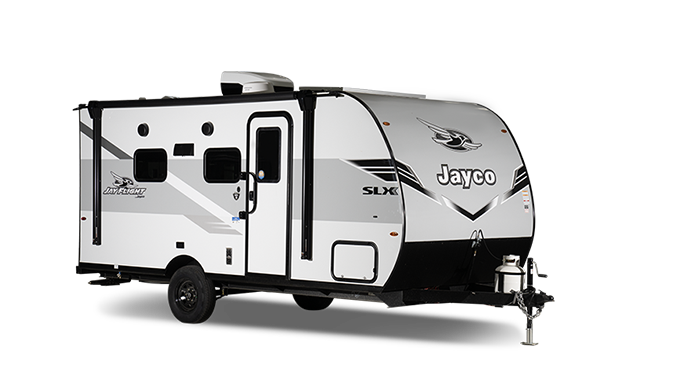
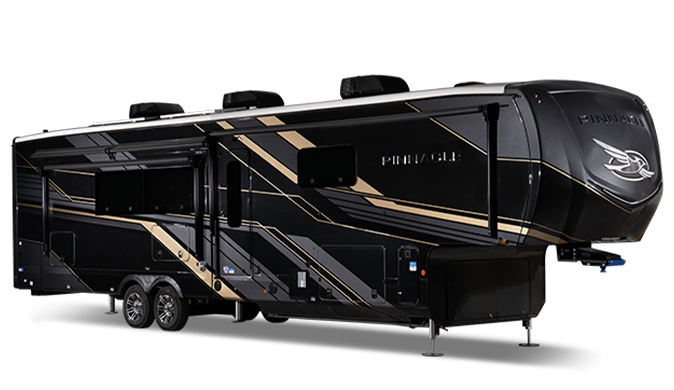
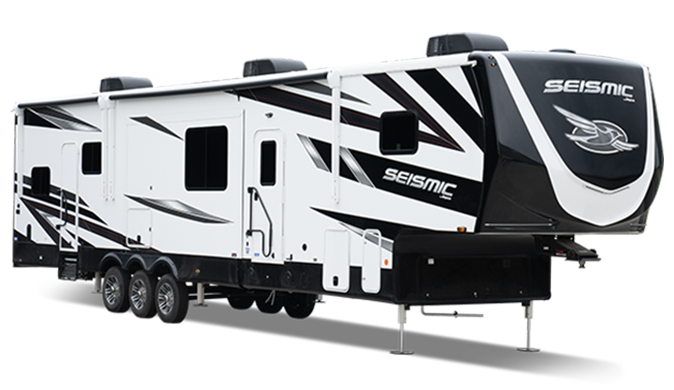
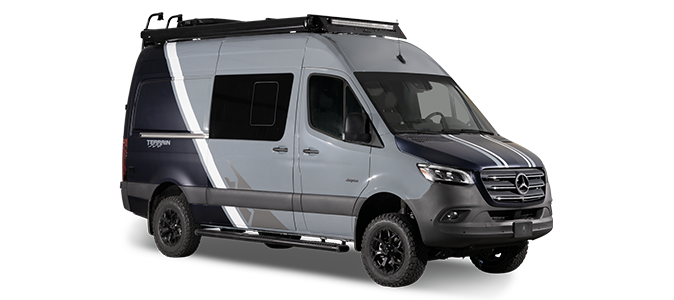
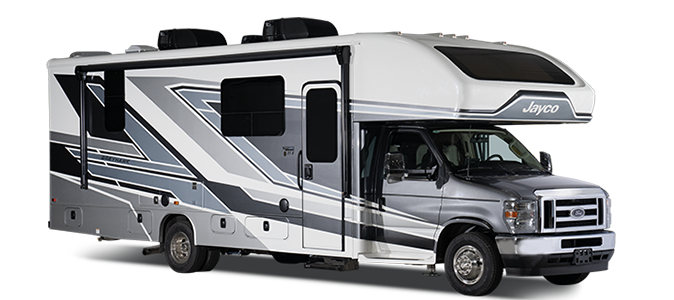
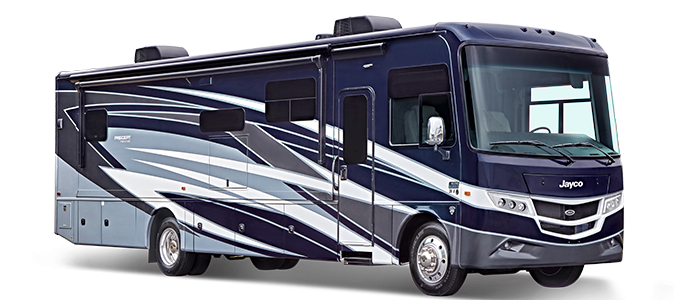
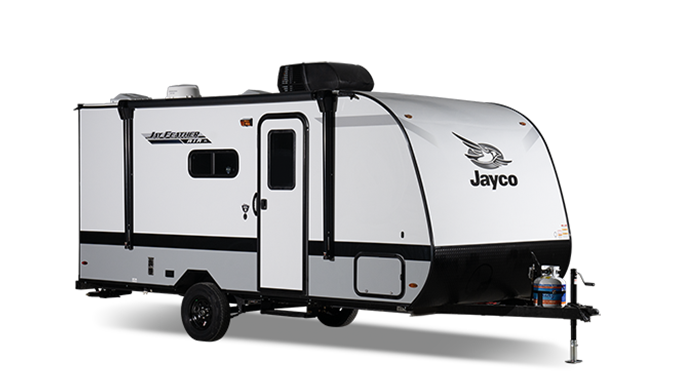


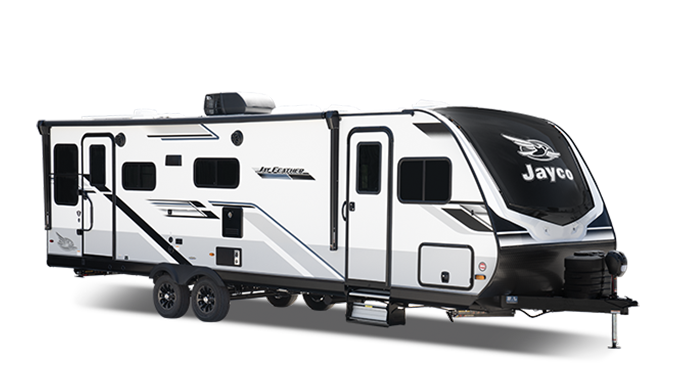
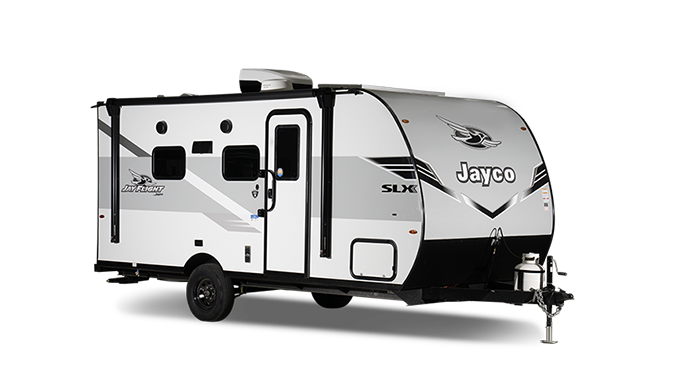
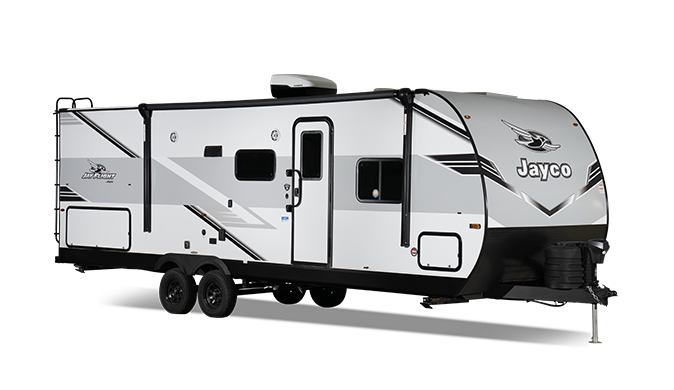
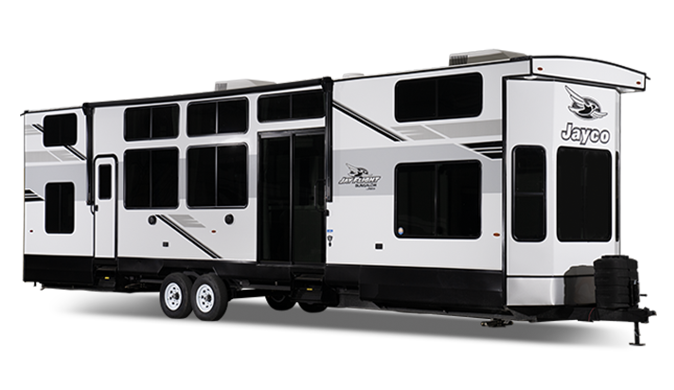
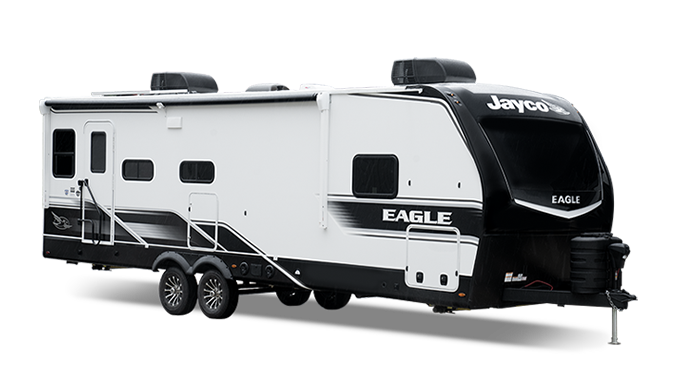
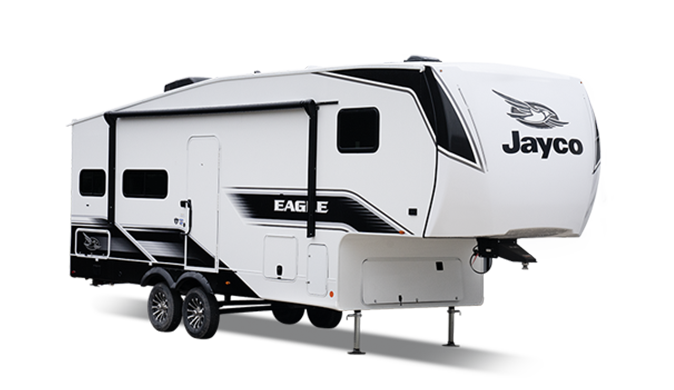
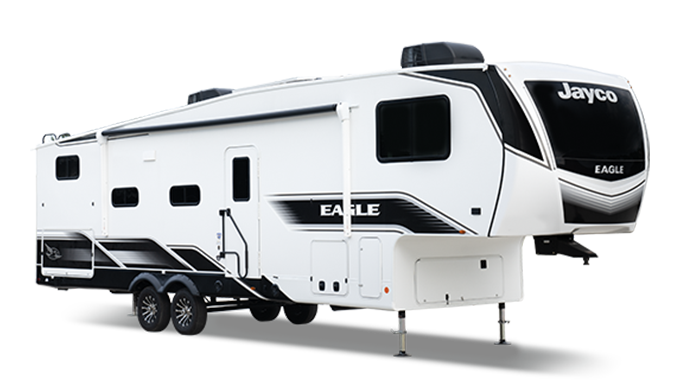
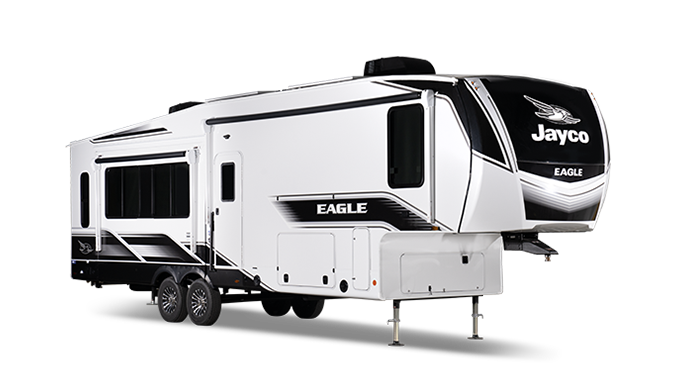
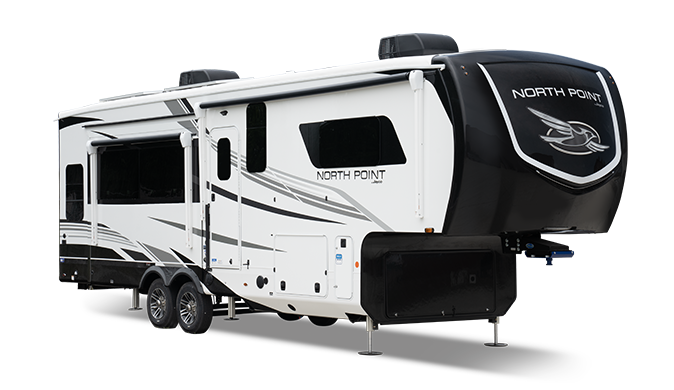

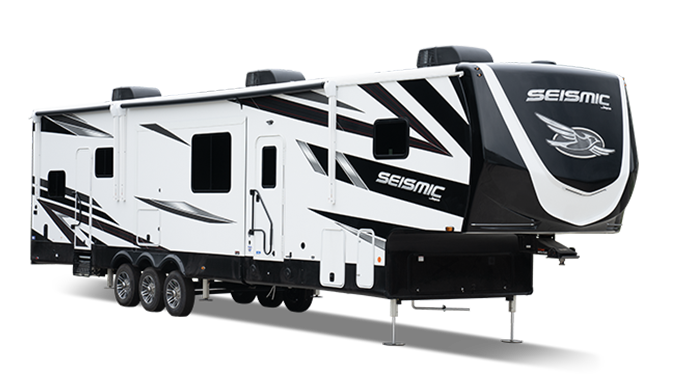
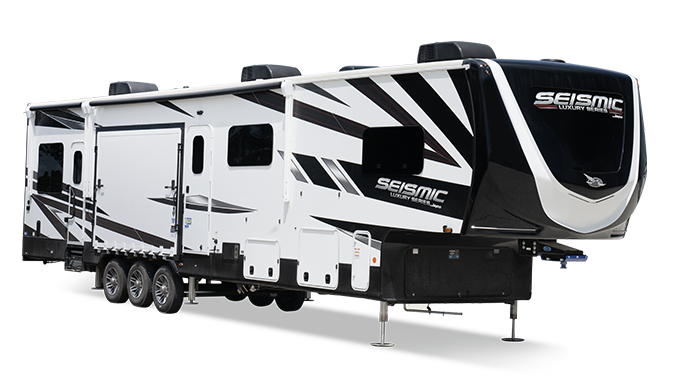
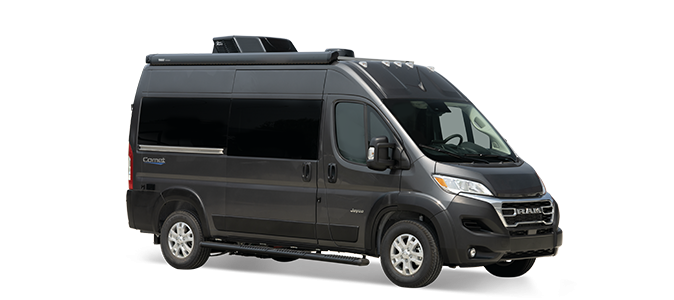
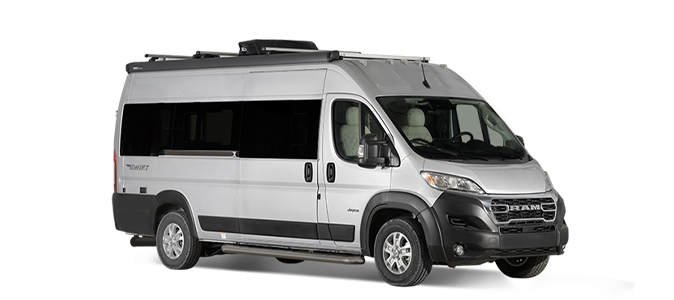
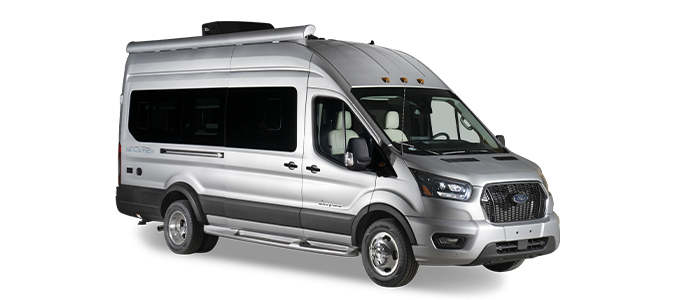
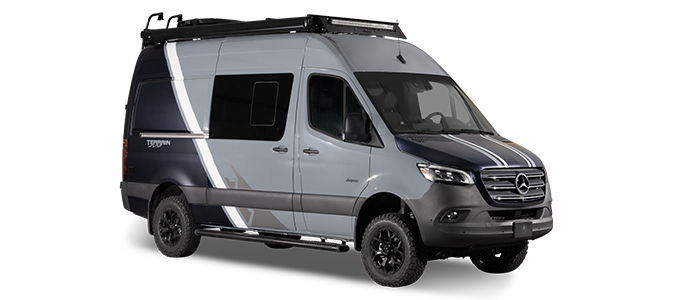
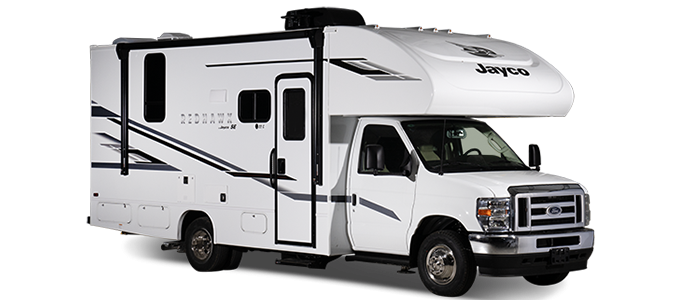

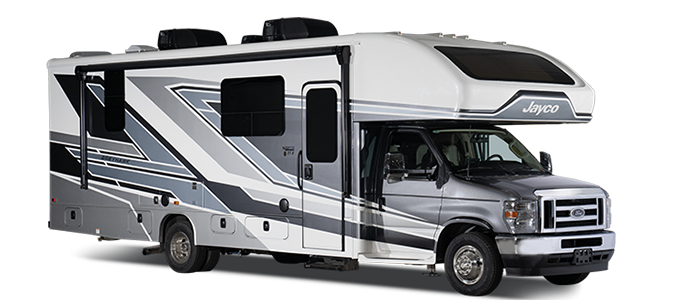

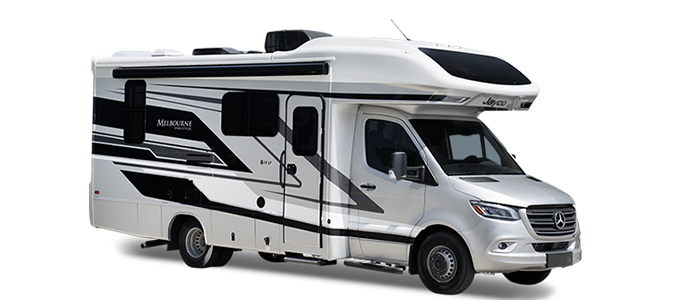

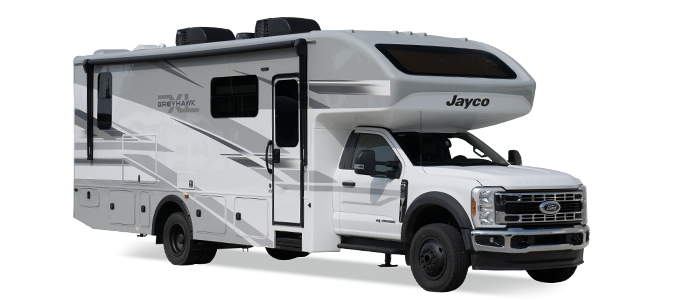
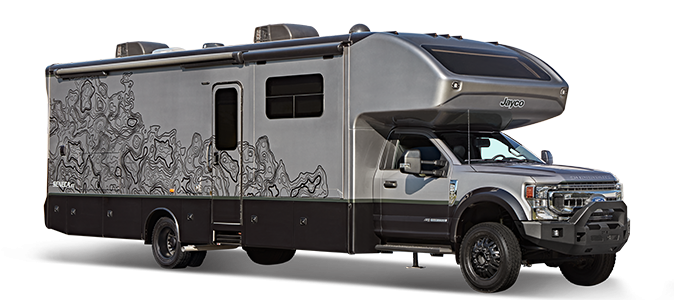
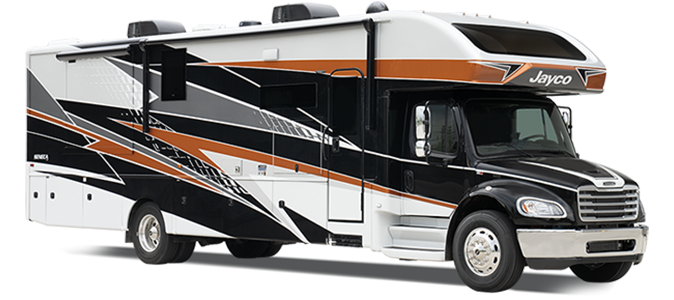
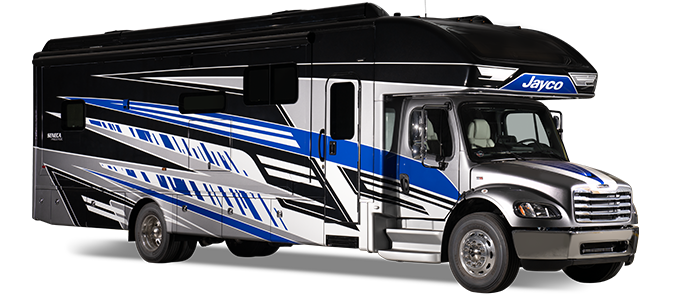
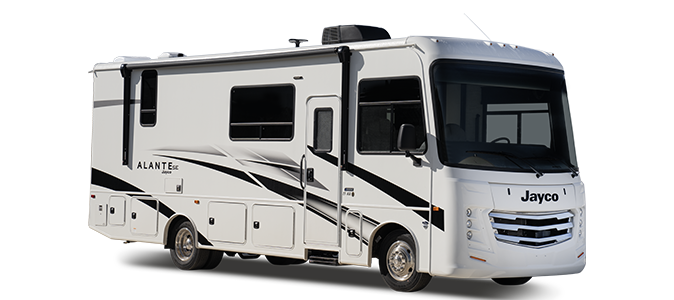
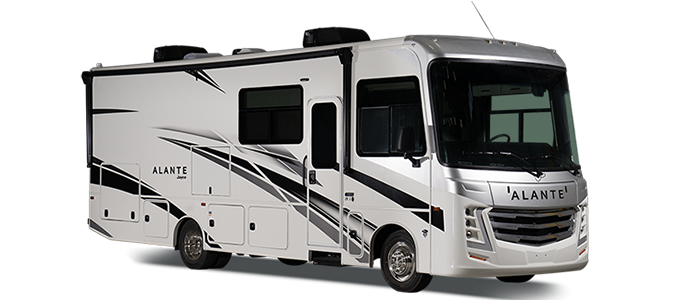

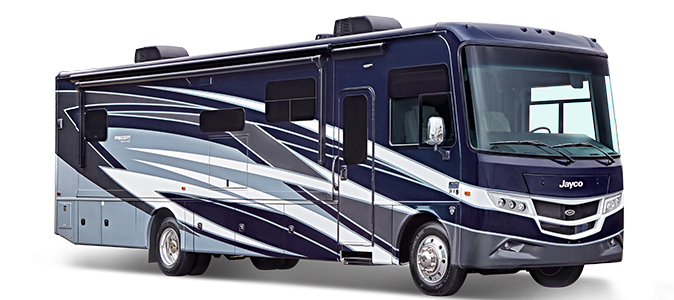


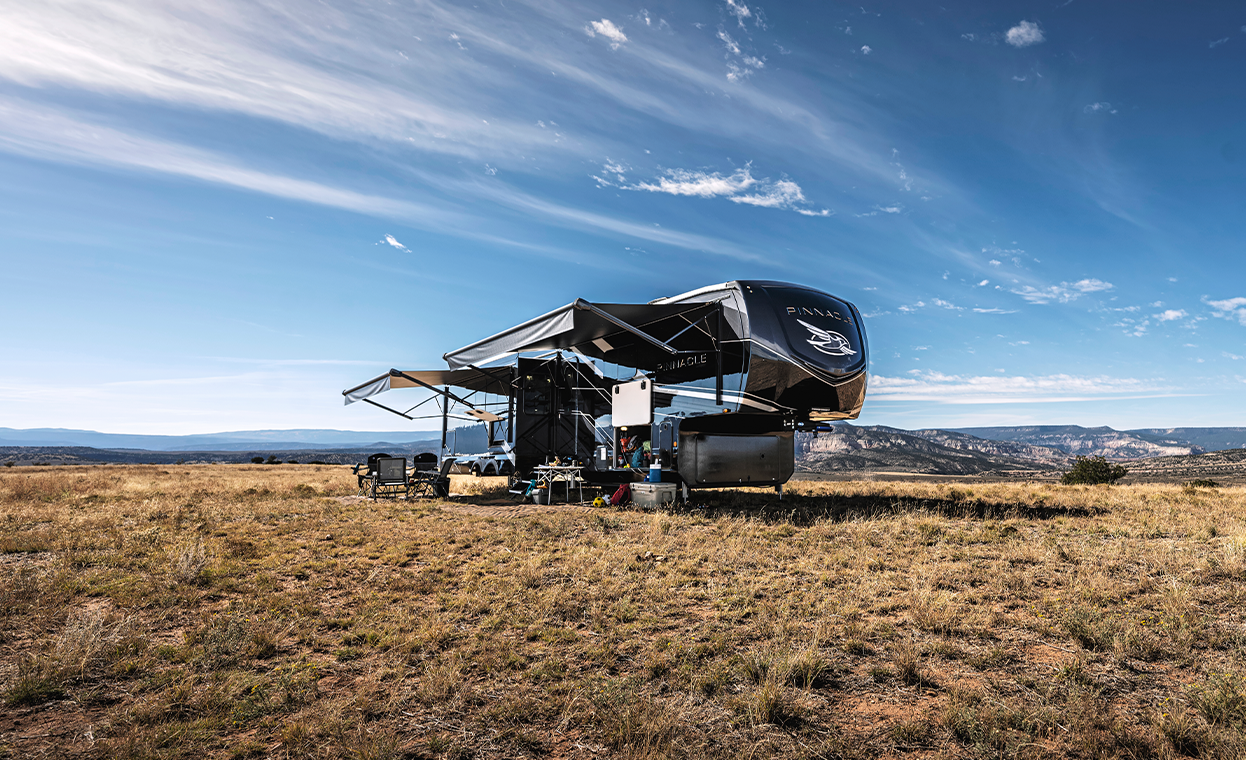
![Advice on De-Winterizing Your RV [Interior & Exterior]](/uploads/articles/7013-article-Jayco_Blog_Dewinterizing_Header_1200x550.jpg)
